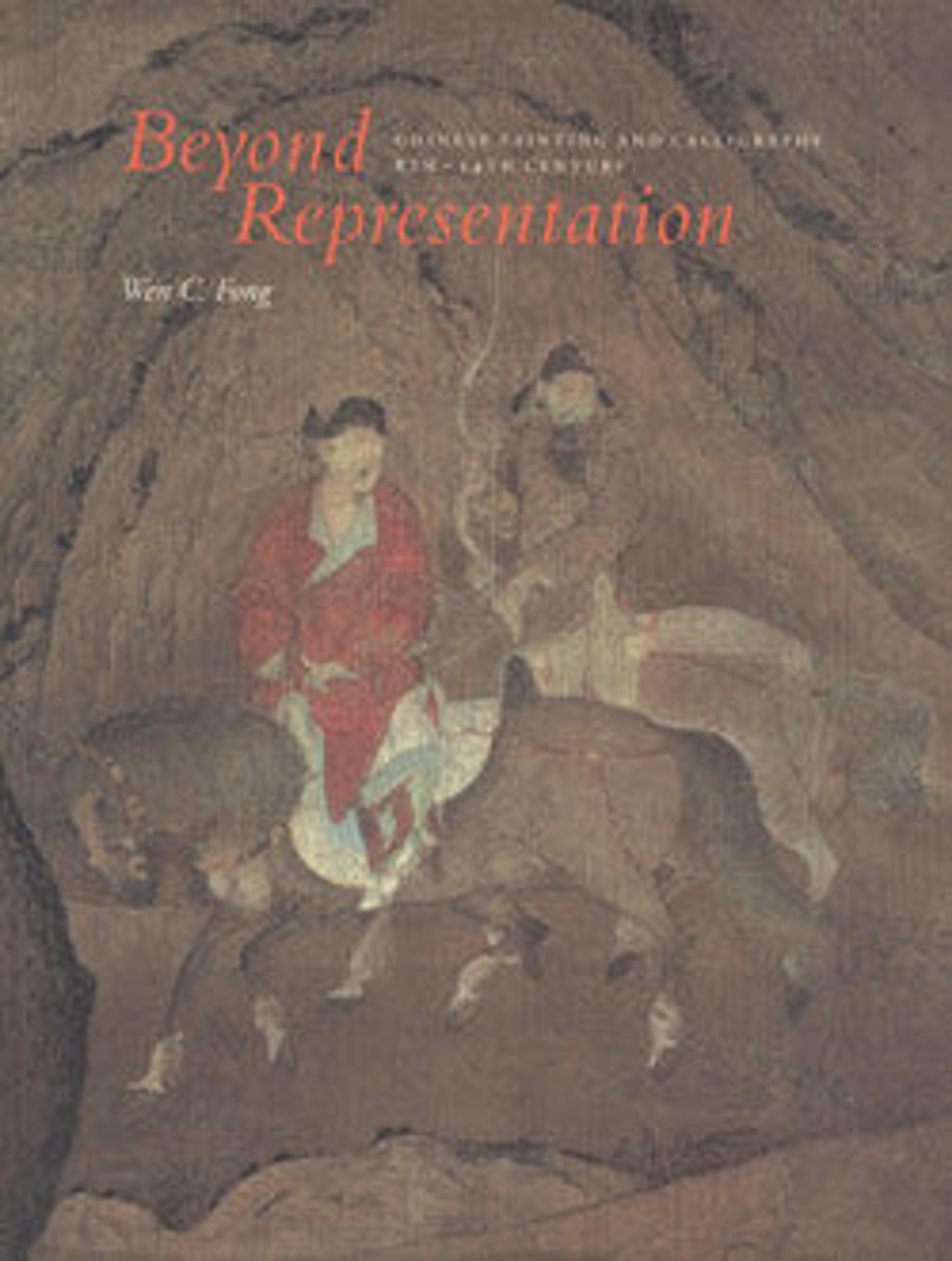Stag Hunt
As he hits his prey, the hunter on his pony is ready with a second arrow in his left hand. The powerful horse is shown in an animated “flying gallop,” with bulging muscles suggesting the frenzied excitement of the chase, while the delicately rendered deer presents a moving portrait of a gentle victim and death.
Hunting was an ancient aristocratic pastime, especially favored as a pictorial theme by the naturalized nomad painter Prince Li Zanhua, to whom this painting was once attributed. By the late Northern Song period, scholar-critics had begun to treat the hunting scene as an allegory of violence and greed. Both the painting style and the psychological interpretation of the subject matter suggest an early-twelfth-century date for this work.
An unusually fine collection of colophons is attached to the scroll. In 1352 Zhu Derun (1294–1365) attributed the painting to Li Zanhua. Three other fourteenth-century colophons are followed by a poem by the great Suzhou painter Shen Zhou (1427–1509). The senselessness of violence, as portrayed by the hunt, is lamented by all the colophon writers
Hunting was an ancient aristocratic pastime, especially favored as a pictorial theme by the naturalized nomad painter Prince Li Zanhua, to whom this painting was once attributed. By the late Northern Song period, scholar-critics had begun to treat the hunting scene as an allegory of violence and greed. Both the painting style and the psychological interpretation of the subject matter suggest an early-twelfth-century date for this work.
An unusually fine collection of colophons is attached to the scroll. In 1352 Zhu Derun (1294–1365) attributed the painting to Li Zanhua. Three other fourteenth-century colophons are followed by a poem by the great Suzhou painter Shen Zhou (1427–1509). The senselessness of violence, as portrayed by the hunt, is lamented by all the colophon writers
Artwork Details
- 北宋/金 傳黃宗道 舊傳李贊華 獵鹿圖 卷
- Title:Stag Hunt
- Artist:Attributed to Huang Zongdao (Chinese, active ca. 1120)
- Artist:Formerly Attributed to Li Zanhua (Chinese, 899–936)
- Period:Northern Song (960–1127) or Jin (1115–1234) dynasty
- Culture:China
- Medium:Handscroll; ink and color on paper
- Dimensions:Image: 9 11/16 × 31 1/16 in. (24.6 × 78.9 cm)
Overall with mounting: 10 1/8 in. × 22 ft. 7 1/4 in. (25.7 × 689 cm) - Classification:Paintings
- Credit Line:Edward Elliott Family Collection, Purchase, The Dillon Fund Gift, 1982
- Object Number:1982.3.1
- Curatorial Department: Asian Art
More Artwork
Research Resources
The Met provides unparalleled resources for research and welcomes an international community of students and scholars. The Met's Open Access API is where creators and researchers can connect to the The Met collection. Open Access data and public domain images are available for unrestricted commercial and noncommercial use without permission or fee.
To request images under copyright and other restrictions, please use this Image Request form.
Feedback
We continue to research and examine historical and cultural context for objects in The Met collection. If you have comments or questions about this object record, please contact us using the form below. The Museum looks forward to receiving your comments.
